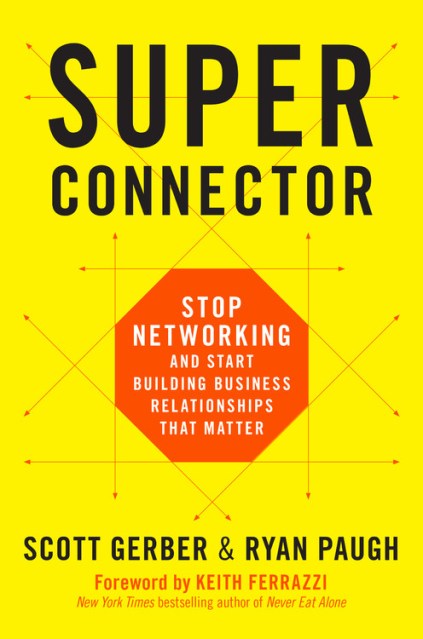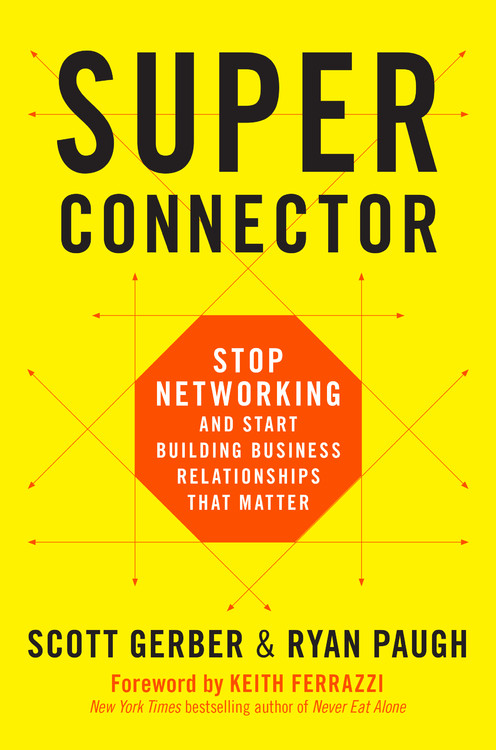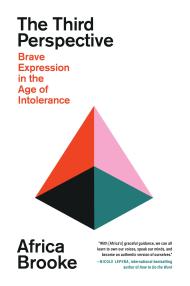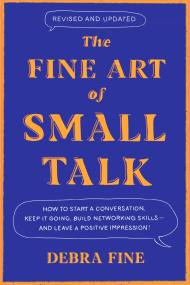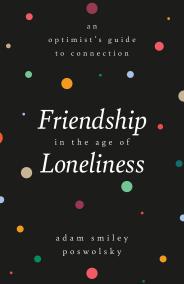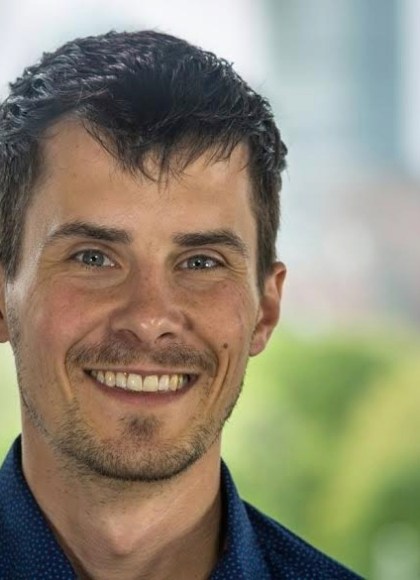Promotion
Shop now and save 20% on your back-to-school purchases & get free shipping on orders $45+ Use code: SCHOOL24
Superconnector
Stop Networking and Start Building Business Relationships that Matter
Contributors
By Scott Gerber
By Ryan Paugh
Formats and Prices
Price
$36.00Price
$46.00 CADFormat
Format:
- Hardcover $36.00 $46.00 CAD
- ebook $17.99 $22.99 CAD
- Audiobook Download (Unabridged)
This item is a preorder. Your payment method will be charged immediately, and the product is expected to ship on or around February 27, 2018. This date is subject to change due to shipping delays beyond our control.
Also available from:
STOP NETWORKING. Seriously, stop doing it. Now. It is time to ditch the old networking-for networking’s-sake mentality in favor of a more powerful and effective approach to creating and enhancing connections. In Superconnector, Scott Gerber and Ryan Paugh reveal a new category of professionals born out of the social media era: highly valuable community-builders who make things happen through their keen understanding and utilization of social capital. Superconnectors understand the power of relationship-building, problem-solve by connecting the dots at high levels, and purposefully cause different worlds and communities to interact with the intention of creating mutual value.
How can you become a Superconnector? Gerber and Paugh share instructive anecdotes from a who’s who roster of high achievers, revealing how to systematically manage a professional community and maximize its value. Of utmost importance is practicing Habitual Generosity, acting on the knowledge that your greatest returns come when you least expect them, and that by putting others’ needs first the good karma will flow back to you tenfold. Gerber and Paugh also explore winning strategies such as The Art of Selectivity, a well-honed ability to define which relationships matter most for you and decide how you will maintain them over time. Full of helpful advice on how to communicate with anyone about anything, Google-proof your reputation, and much more, Superconnector is a must-read for those seeking personal and business success.
-
"If you want to learn firsthand how captains of industry and power brokers build and nurture meaningful relationships, look no further than this book. I've worked with the authors for years and whether you're just starting out as an entrepreneur or in the twilight of your executive career, Scott and Ryan will teach you how to develop top tier social capital."Mike Perlis, CEO, Forbes Media
-
"You can't build a successful business without building successful relationships. The authors behind this book are the real deal. They will teach you how to systematically and authentically build a meaningful community around you."Barbara Corcoran, Shark on ABC's Shark Tank
-
Achieving greatness starts with knowing that people will always be your most important asset. Whether you're trying to be the next startup sensation, lifestyle entrepreneur, or industry leader, this book will teach you the unconventional rules for cultivating relationships with the right people to achieve your goals. Hint: It's more about giving back, and being in service over getting anything in return. Scott and Ryan are masters at this."Lewis Howes, New York Times bestselling author of The School of Greatness
-
"Real wealth is measured by the community of good people you surround yourself with, who can work together and win together for a lifetime. That type of wealth is immeasurable, and Superconnector provides the tools to get you there."John Paul DeJoria, Cofounder, John Paul Mitchell Systems and Patrón Spirits Co.
-
"Finally, business networking has been redefined for the social networking age. This book is a must-read for those who want to make a difference in today's world."Laura Lorber, Executive Editor, Inc.com
-
"A book to help you improve your business networking and build real relationships."Forbes
-
"A business book everyone will be reading in 2018."Business Insider
-
"A top business book to get ahead in 2018."Entrepreneur
- On Sale
- Feb 27, 2018
- Page Count
- 288 pages
- Publisher
- Da Capo Lifelong Books
- ISBN-13
- 9780738219967
Newsletter Signup
By clicking ‘Sign Up,’ I acknowledge that I have read and agree to Hachette Book Group’s Privacy Policy and Terms of Use
